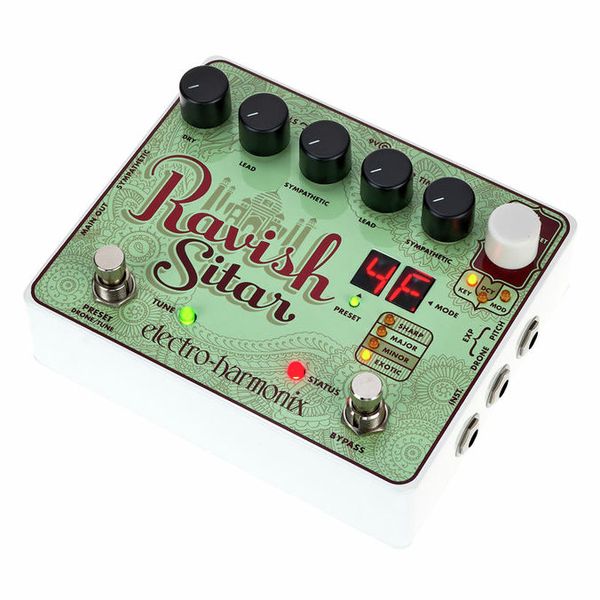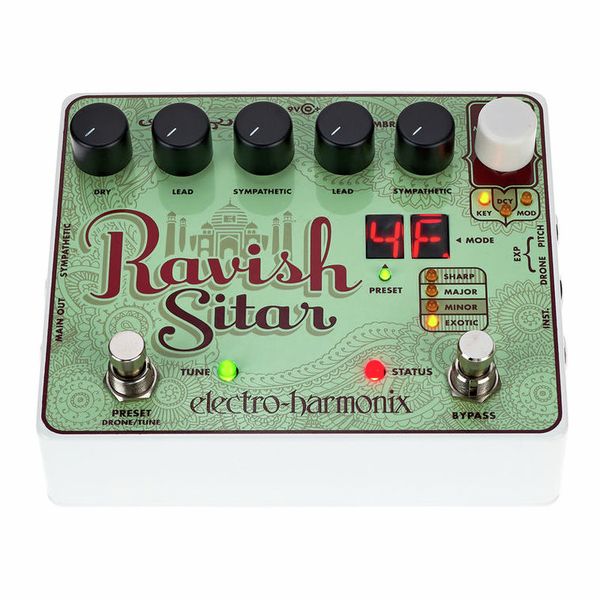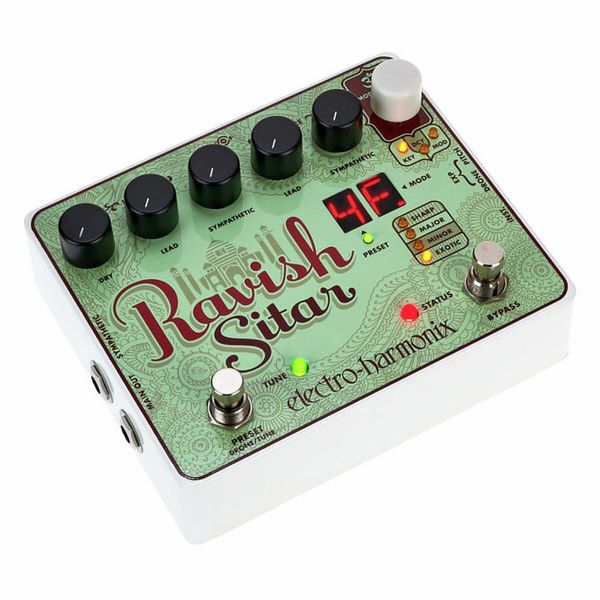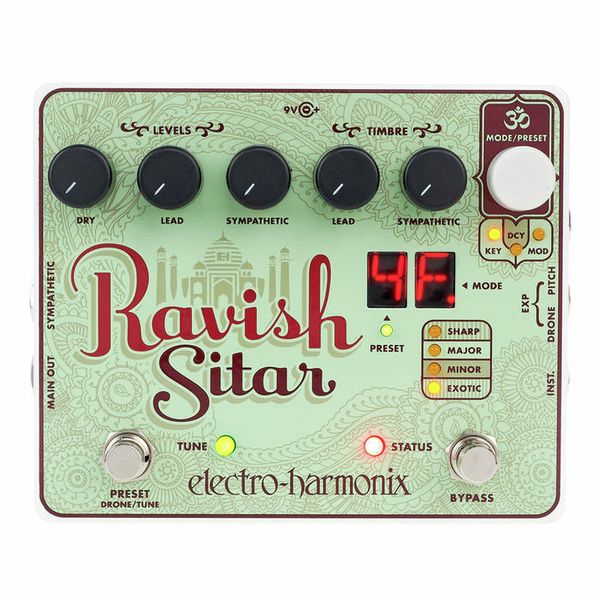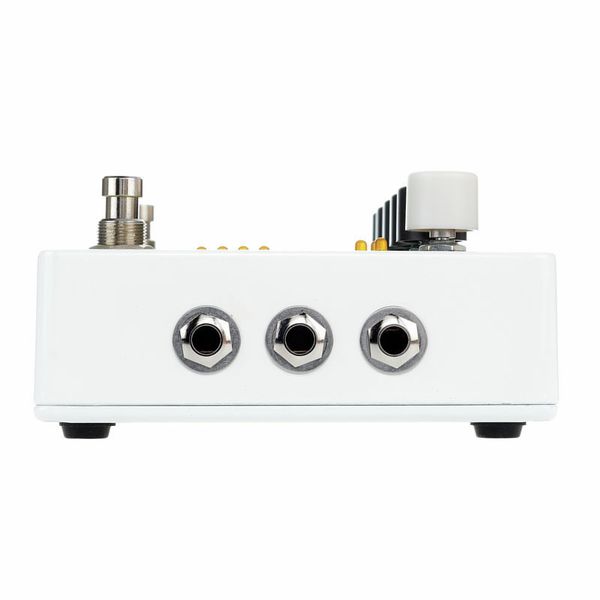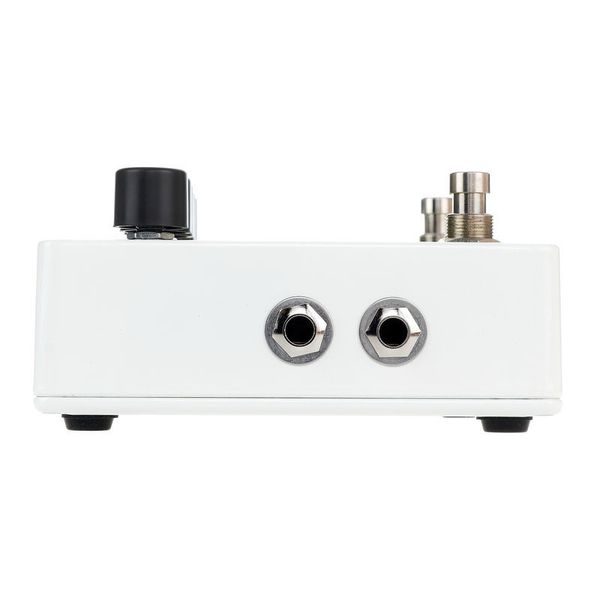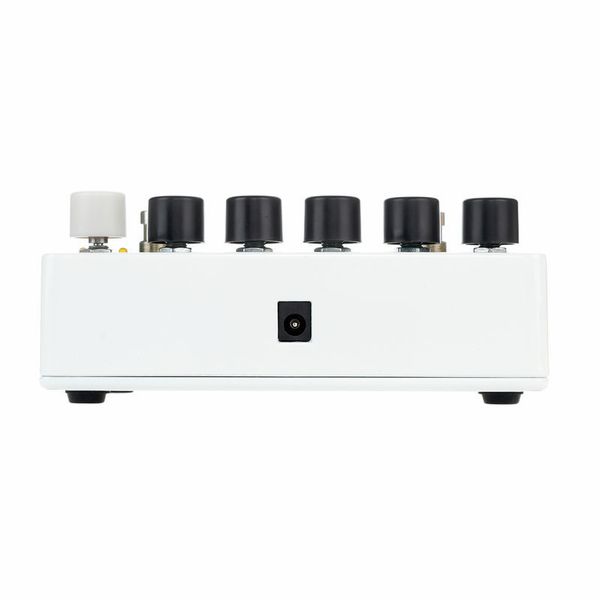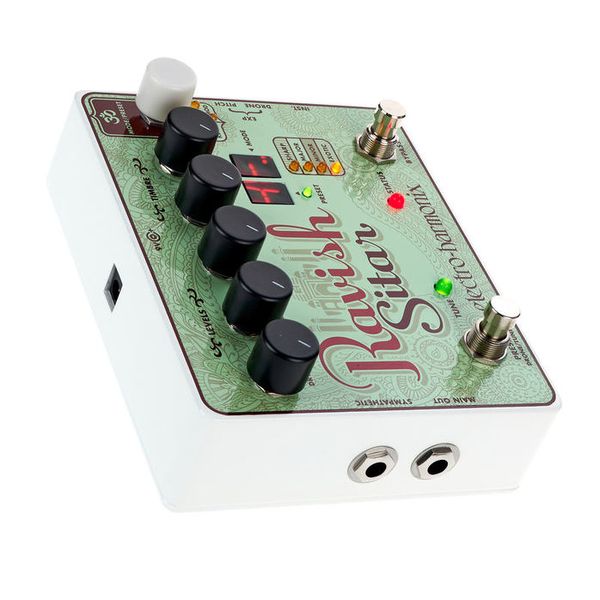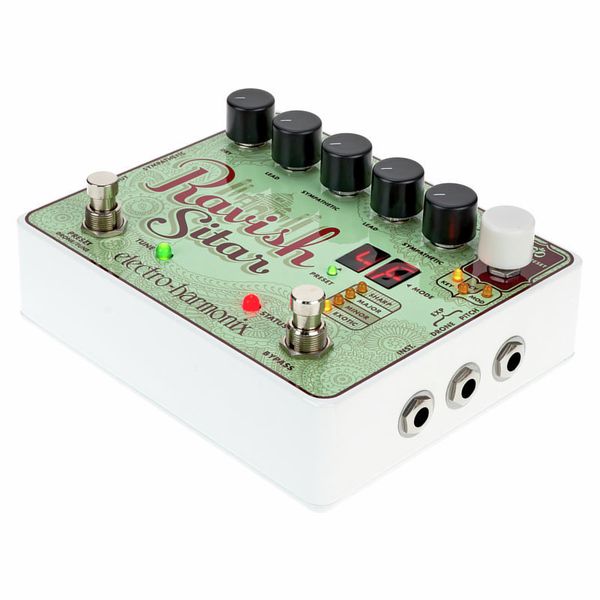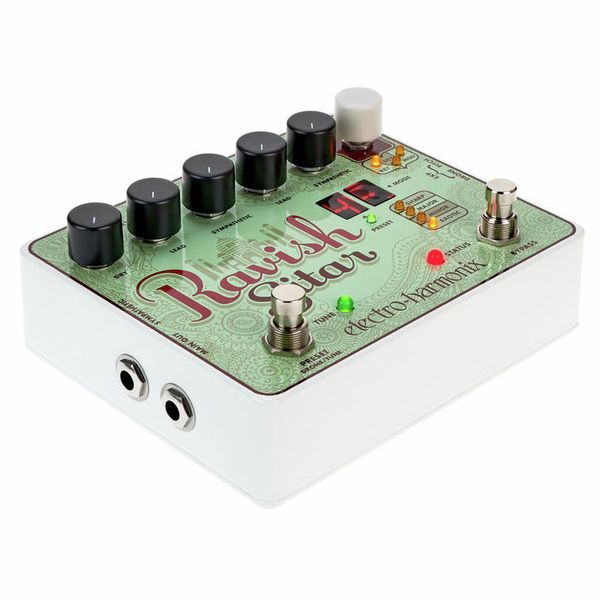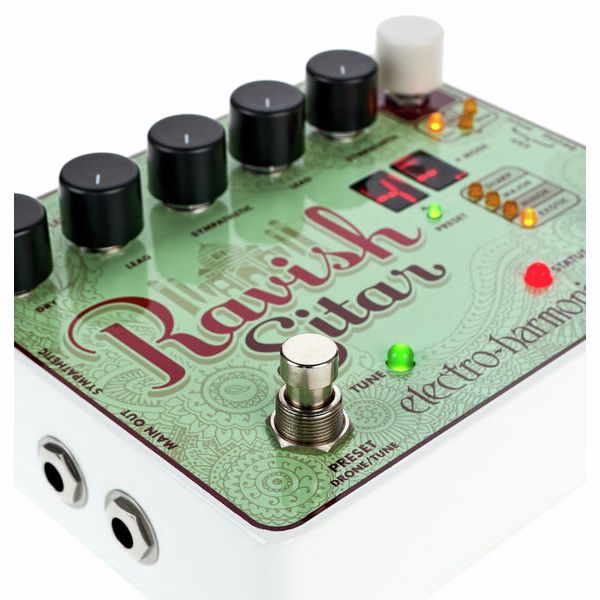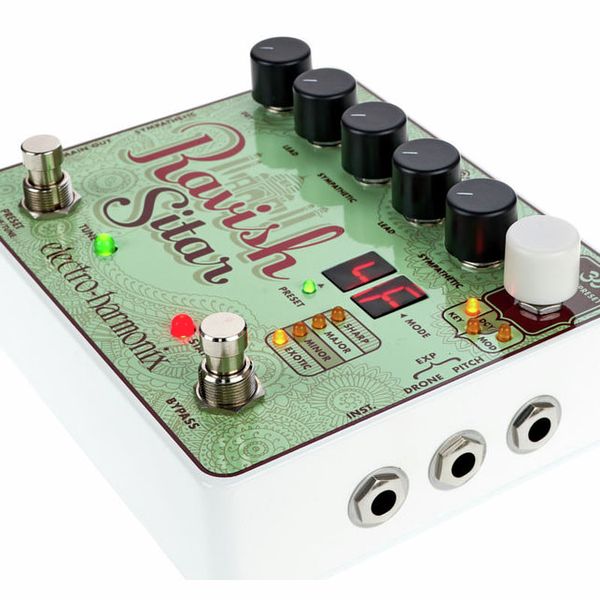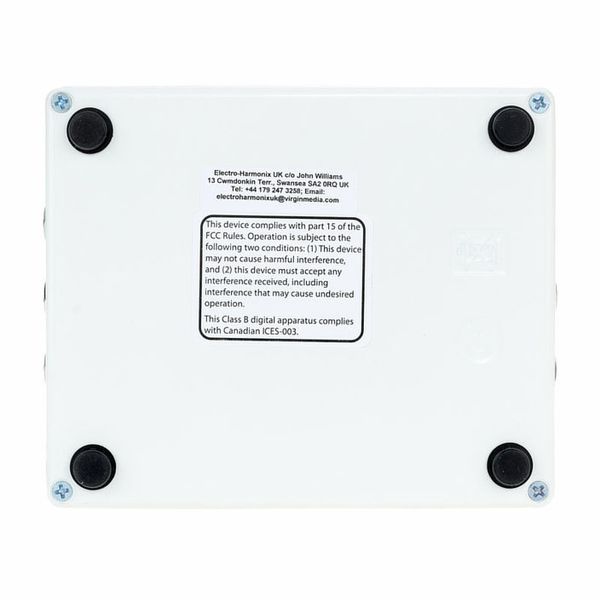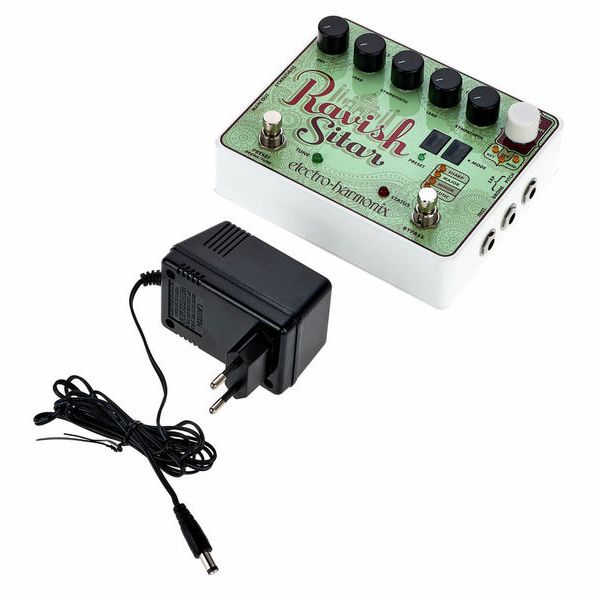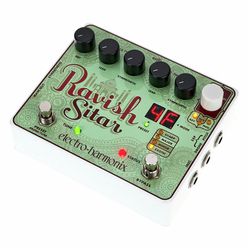Effects pedal
Electro Harmonix has been well known for decades for their innovative and affordable guitar effects. With the Ravish Sitar Effects Pedal you can craft a sitar from your electric guitar. Such attempts have already been made, but on the whole the sound has often been limited to a sort of chirping ... somehow similar but far away from the real thing.
The Ravish comes pretty close to the sitar sound. Lead strings and sympathetic strings can be controlled separately, and two expression pedal inputs allow you to bend the pitch of the lead voice and control the volume of the sympathetic strings simultaneously. It really has to be heard to be believed!
- Sitar emulator
- Polyphonic lead sitar voice
- 9 Presets
- Knobs for Dry, Lead, Sympathetic, Lead, Sympathic Mode/Preset
- Preset switch
- Bypass switch
- Main out and Sympathetic Out
- Dimensions (WxDxH): 120 x 145 x 64 mm
- Incl. power supply (9.6 DC-200)
In catalogo dal
Ottobre 2011
Numero di articolo
270859
Unità incluse
1 Pezzo
Effect Types
Sitar Emulator
Comprati dai clienti che hanno visto questo prodotto
-
Electro Harmonix Altri Effetti per Chitarra in mostra
-
Mostra Altri Effetti per Chitarra nella gamma di prezzo 250 € - 350 €
-
Vai al gruppo del prodotto Altri Effetti per Chitarra
-
Vai al gruppo del prodotto Effetti per Chitarre e Bassi
-
Vai al gruppo del prodotto Chitarre e Bassi
-
Mostra le informazioni del produttore per Electro Harmonix
-
Electro Harmonix Chitarre e Bassi in generale





